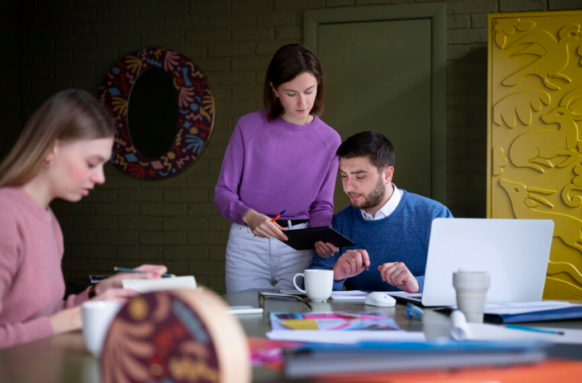Pricing white label WordPress development services can be challenging but is essential for ensuring profitability and competitiveness. It involves balancing your costs, understanding your market, and offering value to your clients. This guide will walk you through the key considerations and strategies for pricing your white label WordPress development services effectively.
Contents
1. Understand Your Costs
Before setting your prices, you need a clear understanding of all your costs. This includes both direct and indirect costs associated with providing white label WordPress development services.
a. Direct Costs
- Development Fees: The amount you pay to your white label provider for their services.
- Software and Tools: Costs for any software, plugins, or tools required for development.
- Domain and Hosting: If you’re providing these as part of your package.
b. Indirect Costs
- Operational Costs: Overhead costs such as rent, utilities, and office supplies.
- Marketing and Sales: Expenses related to acquiring and retaining clients.
- Administrative Costs: Costs associated with managing the business, including salaries and benefits for non-development staff.
2. Analyze the Market
Understanding the competitive landscape is crucial. Research what other agencies are charging for similar services to ensure your pricing is competitive yet profitable.
a. Competitor Analysis
- Direct Competitors: Agencies offering similar white label WordPress development services.
- Indirect Competitors: Freelancers or other service providers who might not offer white label but provide WordPress development.
b. Market Demand
- Client Needs: Understand what potential clients are looking for in a WordPress development service.
- Willingness to Pay: Gauge how much clients are willing to pay for quality and reliable services.
Read: A Deep Dive Into The White-Label Agency Services
3. Define Your Pricing Model
Choosing the right pricing model is key to your success. Here are some common pricing models used in white label WordPress development:
i) Project-Based Pricing: Charge a fixed price for each project based on its scope and complexity. This model works well for well-defined projects with clear deliverables.
ii) Hourly Pricing: Charge an hourly rate for the time spent on development. This model is flexible and can be beneficial for projects where the scope is not well defined or is likely to change.
iii) Retainer Pricing: Charge a monthly retainer fee for ongoing services and support. This model ensures a steady stream of revenue and works well for clients who need continuous website updates and maintenance.
iv) Package Pricing: Offer different packages with a set of predefined services at different price points. This model is straightforward and makes it easy for clients to choose a package that suits their needs and budget.
4. Consider Value-Based Pricing
Value-based pricing sets prices based on the perceived value to the client rather than the cost of production. This approach can often yield higher profits if you can demonstrate the value your services bring to the client’s business.
i) Client ROI: Consider the return on investment (ROI) your clients will get from a well-developed website. A website that significantly boosts a client’s business can justify a higher price.
ii) Unique Selling Proposition (USP): Highlight what sets your services apart from competitors. Whether it’s faster delivery times, superior design, or exceptional support, emphasizing your USP can allow you to charge premium prices.
5. Factor in Profit Margin
After accounting for your costs and analyzing the market, determine the profit margin you aim to achieve. Your pricing should cover all costs and provide a reasonable profit margin to ensure the sustainability and growth of your business.
- Calculate Break-Even Point: Understand the minimum amount you need to charge to cover your costs.
- Set Profit Goals: Decide on a profit margin that aligns with your business goals and market standards.
6. Create a Pricing Strategy
Based on your analysis, develop a comprehensive pricing strategy that outlines how you will price your services. Consider offering tiered pricing to cater to different market segments.
- Tiered Pricing: Offer multiple pricing tiers (e.g., basic, standard, premium) to accommodate different client budgets and needs.
- Discounts and Promotions: Occasionally offer discounts or promotions to attract new clients or incentivize long-term contracts.
7. Communicate Value to Clients
Effectively communicating the value of your services is crucial to justify your prices. Highlight the benefits and ROI clients can expect from your white label WordPress development services.
- Case Studies and Testimonials: Showcase successful projects and satisfied clients to build credibility and demonstrate value.
- Clear Deliverables: Ensure clients understand exactly what they are getting for their money. Detailed proposals and clear contracts can help manage expectations and build trust.
Learn: Why Hire A Professional For WordPress Website Development
Conclusion
Pricing your white label WordPress development services requires a strategic approach that balances your costs, market conditions, and the value you provide. By understanding your costs, analyzing the market, choosing the right pricing model, and clearly communicating your value proposition, you can set prices that attract clients while ensuring profitability and growth for your agency.




